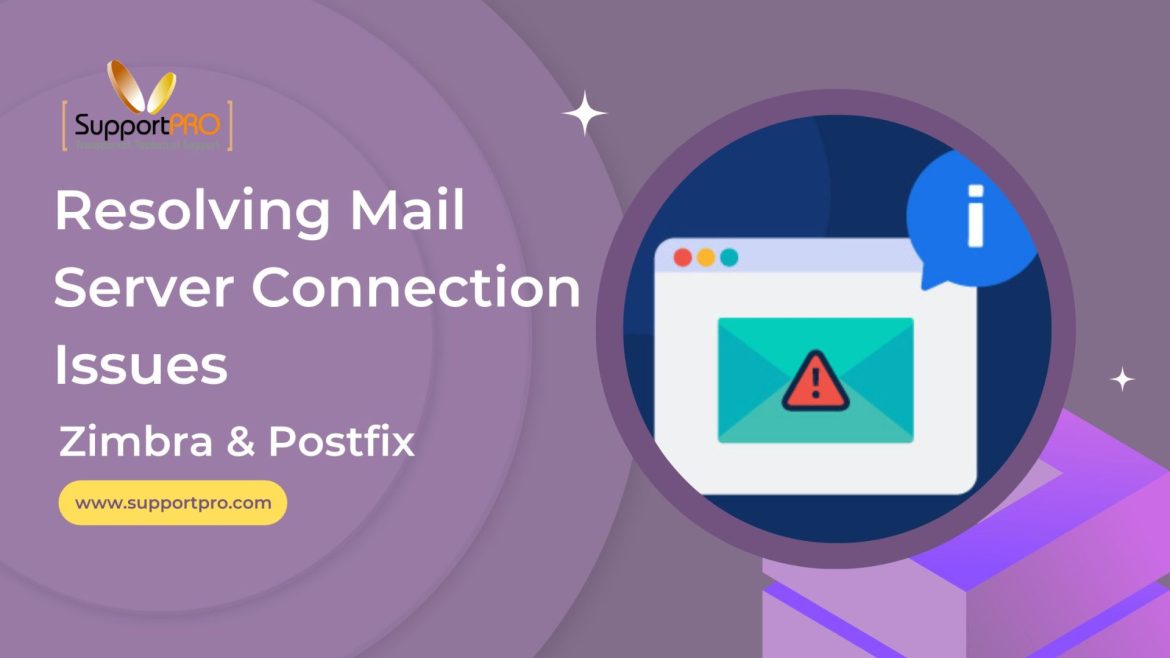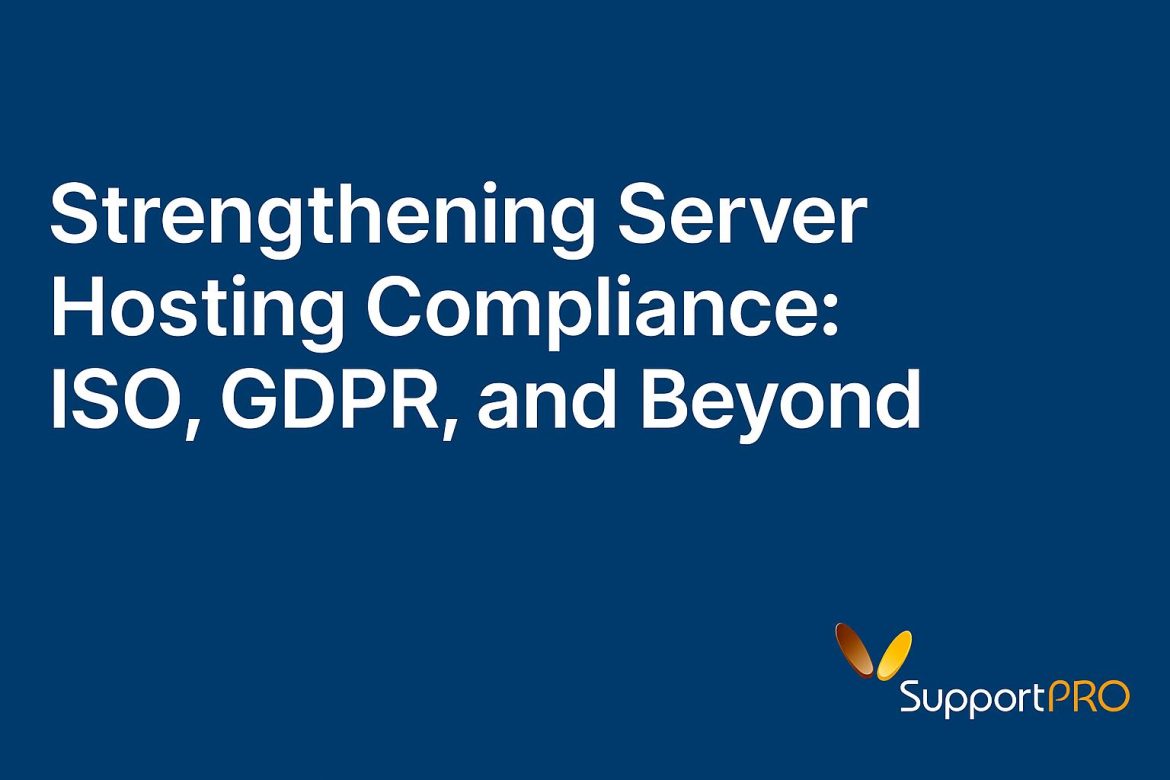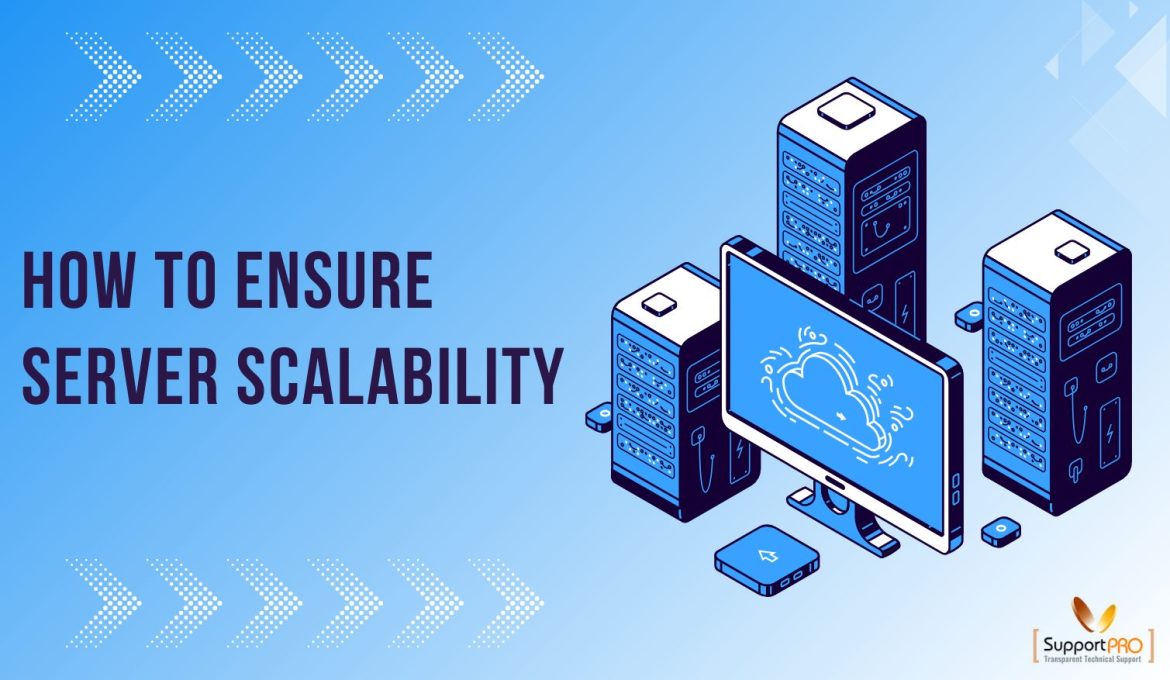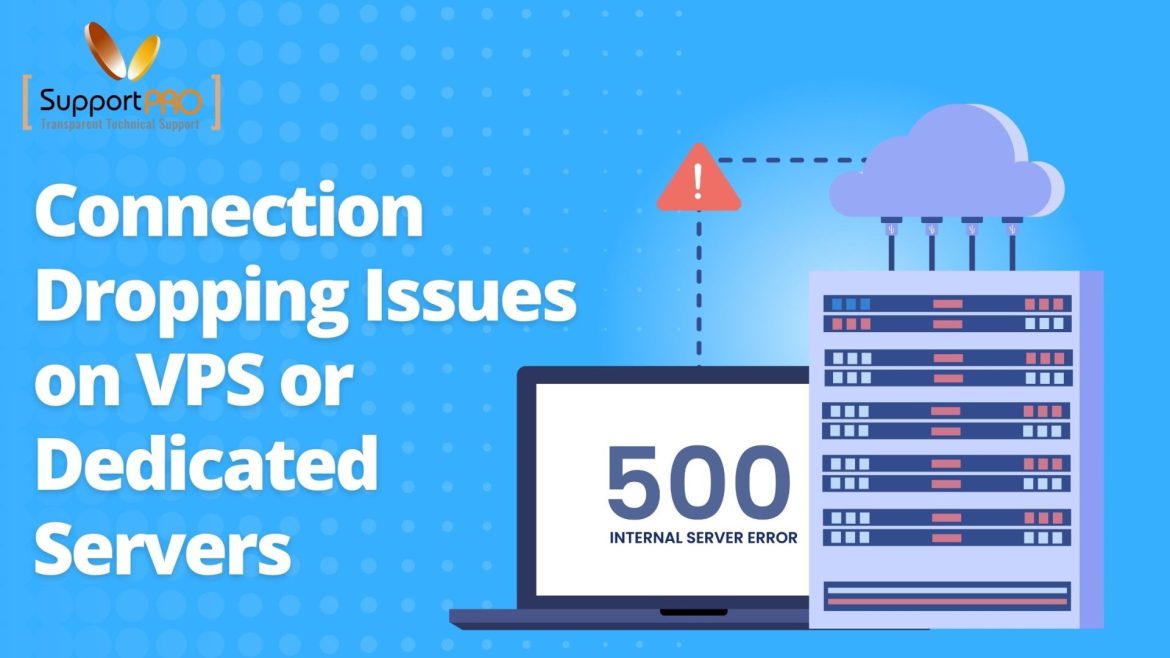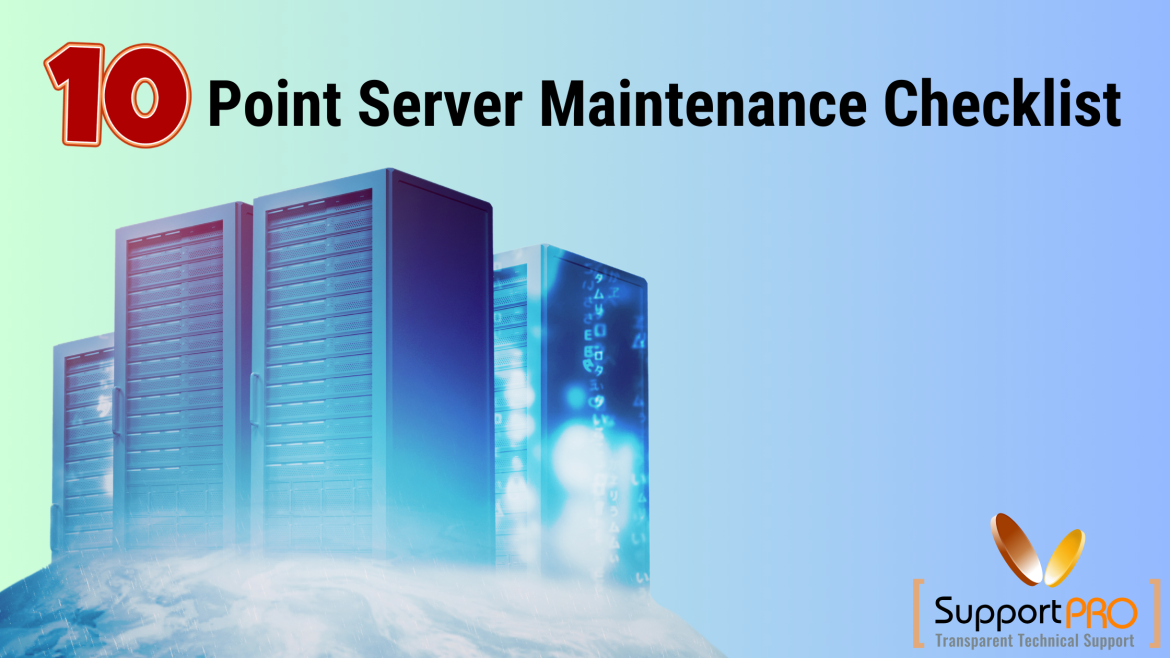If you’ve worked with servers for any amount of time, you’ve probably bumped into cPanel — it’s practically everywhere. For shared hosting, it’s fine. But once you start managing multiple cloud servers, things start to feel clunky. That’s when I moved over to RunCloud. And honestly, it felt like stepping into the modern world. RunCloud doesn’t just give you a control panel — it gives you control. You can manage several servers, handle deployments, monitor performance, and automate everything without logging into each box manually. If you’re still on the …
server support
When a mail server stops accepting connections or mail flow becomes intermittent, the problem can come from many layers: DNS, network, firewall, mail server software (Zimbra, Postfix), TLS certificates, or even system resources. This guide walks through practical, step-by-step troubleshooting techniques for Zimbra and Postfix connection issues, shows commands you can run immediately. This blog gives you a detailed guide to troubleshoot similar issues.
Introduction Information is perhaps the greatest asset of a company in today’s digital age. Companies count on their hosting companies to store information safely and according to worldwide standards, and keep servers in their best shape. Hosting firms bear tremendous responsibility for sensitive information, such as financial transactions, customer data, and mission-critical applications.Legally, compliance is no longer a checkmark. Compliance frameworks such as the General Data Protection Regulation (GDPR) and standards such as ISO certifications show clients that their information is cared for and handled with caution. These standards are …
Introduction In the cloud and hosting industry, effective server management is no longer optional. Today’s customers want the fundamentals: accurate billing, timely support, effective provisioning and uptime. To meet those expectations, managed service providers (MSPs), data centers and hosting companies need effective and efficient systems. For many years, WHMCS (Web Host Manager Complete Solution) has been the reliable automation platform for web hosting companies. It integrates billing, provisioning, and client support in one place. However, the true power of WHMCS stems from its vast array of add-ons. These modules turn …
In today’s fast-paced digital world, scalability is a critical factor for businesses that rely on servers to deliver services, host applications, or manage data. As your business grows, so does the demand on your server infrastructure. But how exactly is scalability in a server achieved? Why is it important? And what steps can you take to ensure your server can handle increasing workloads? In this blog, we’ll dive deep into these questions and explore the key concepts of server scalability. What is Server Scalability? Server scalability refers to the ability …
Remote Desktop Protocol (RDP) is a widely used tool for managing virtual private servers (VPS) and dedicated servers. However, under certain network conditions, users may encounter issues such as RDP sessions hanging or frequent connection drops. One effective solution to improve the stability of RDP connections is to disable UDP support and rely solely on the TCP protocol. TCP is often more reliable and stable in adverse network environments, making it a preferred option for remote server management. In this article, we will explore how to disable UDP for RDP …
Resolving the “Remote Desktop Connection: An Internal Error Has Occurred” Error
The “An Internal Error Has Occurred” message is one of the most common errors encountered by users trying to connect to a remote server using the Remote Desktop Protocol (RDP). While the error doesn’t provide much information about the cause, it can be frustrating when attempting to manage a remote system. Fortunately, there are several effective solutions to resolve this issue. Common Causes of the Error 1.Network or Connectivity Issues: Temporary issues with your local or remote network can interrupt the RDP connection. 2.Incorrect RDP Configuration: Misconfigured RDP settings on …
Managed vs. Unmanaged Server Support: Which Is Right for Your Business?
Choosing the right server support model is critical for maintaining your business’s efficiency and reliability. This blog breaks down the differences, advantages, and best use cases for managed server support and unmanaged server support, complete with real-world examples to guide your decision. Understanding Managed and Unmanaged Server Support Managed Server Support In a managed server support model, the service provider takes full responsibility for managing, maintaining, and securing your servers. Key Services: Example:Imagine you run an e-commerce business like an online clothing store. During peak seasons like Black Friday, sudden …
Maintaining your server’s health is crucial for your business’s smooth operation. A well-maintained server ensures that your applications and services run without interruptions, keeping your customers happy and your data secure. Here’s an easy-to-follow, 10-point server maintenance checklist that covers everything you need to keep your server in top shape. 1. Regular Backups Regular backups are the cornerstone of server maintenance. Without them, you risk losing critical data in the event of a failure. Ensure your backups are scheduled automatically and stored in a secure, off-site location. Test your backups …
In today’s digital age, server management is a crucial aspect of IT infrastructure. Whether you’re a small business or a large enterprise, managing your servers effectively ensures your systems run smoothly, securely, and efficiently. This article will delve into the importance of server management and provide best practices to help you maintain a robust and reliable server environment. What is Server Management? Server management involves monitoring, maintaining, and optimizing servers to ensure they function efficiently and securely. Servers can be physical machines, virtual machines, or cloud-based systems, and they are …



